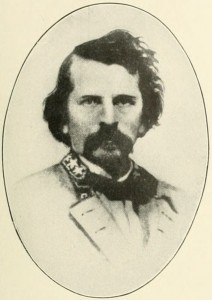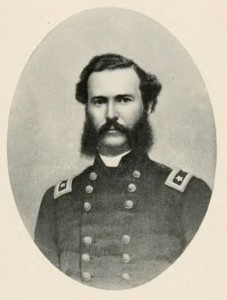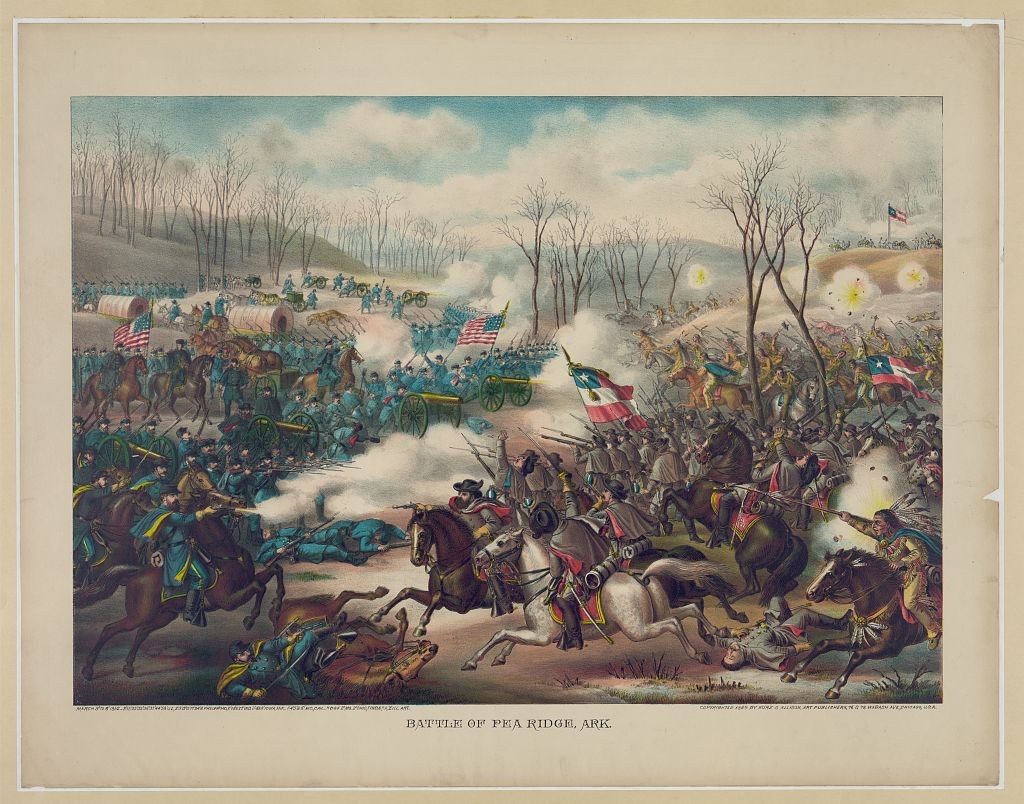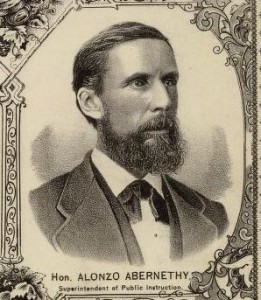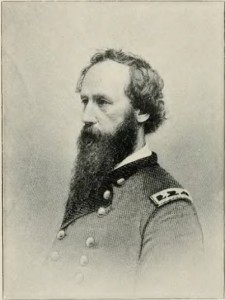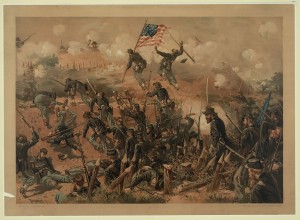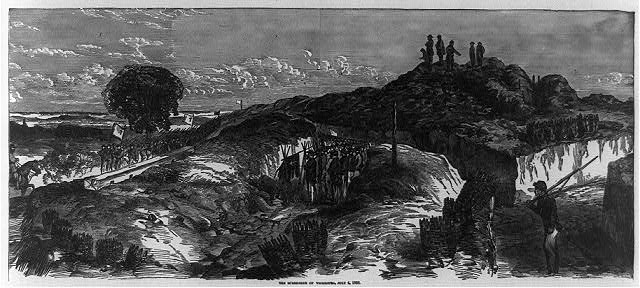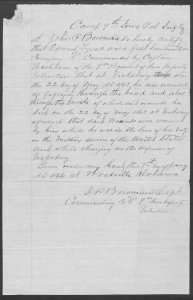First Lieutenant Edward Tyrell [Tyrrell]
First Lieutenant Edward Tyrell [Tyrrell] was born on April 20, 1819 in Ireland and died May 22, 1863 in Vicksburg, MS.
Edward Tyrell [Tyrrell] entered the Infantry on July 28, 1861, in Waverly, IA, served during the Civil War era and reached the rank of First Lieutenant before being discharged on May 22, 1863 in Vicksburg, MS.
Edward Tyrell [Tyrrell] is buried at Harlington in Waverly, Iowa and can be located at 42° 42.975' N 92° 28.192' W
- Killed in Action: Yes
- Wounded in Action: Yes
- Died in Service: Yes


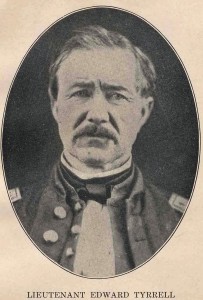
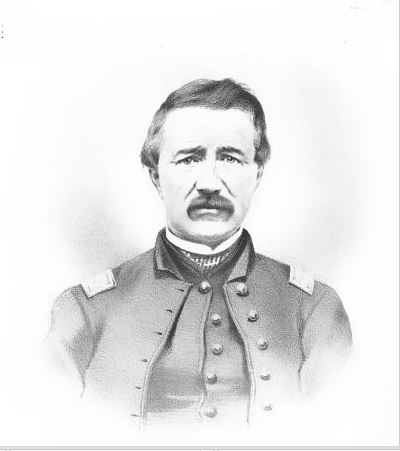
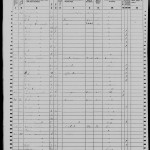
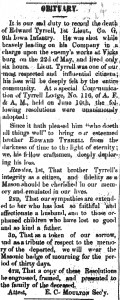
![Lincoln, Abraham. Proclamation Calling for Volunteers May 3, 1861. Handwritten. Available at Abraham Lincoln Papers at the Library of Congress, Manuscript Division (Washington, D.C.: American Memory Project, [2000-02]), http://memory.loc.gov/ammem/alhtml/alhome.html, accessed May 20, 2015.](http://www.bremercountyva.org/wp-content/uploads/2014/08/001-170x300.jpg)
